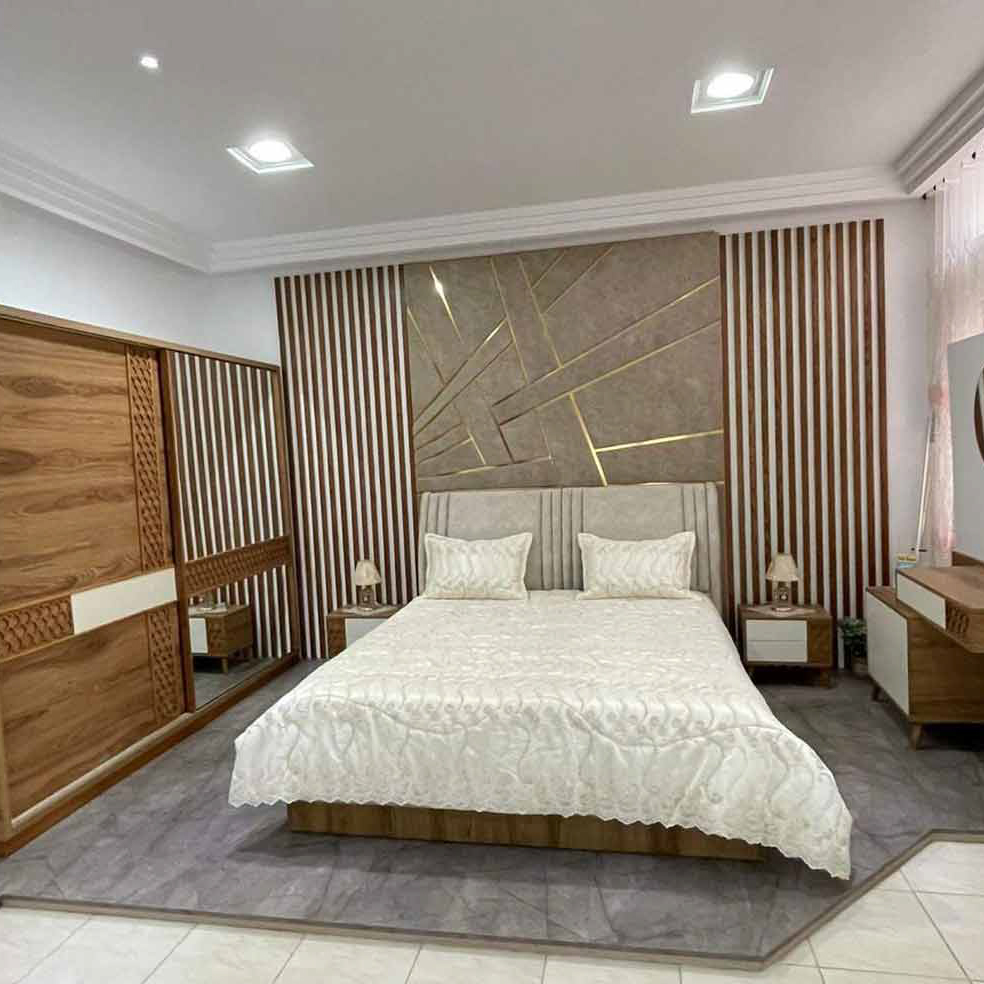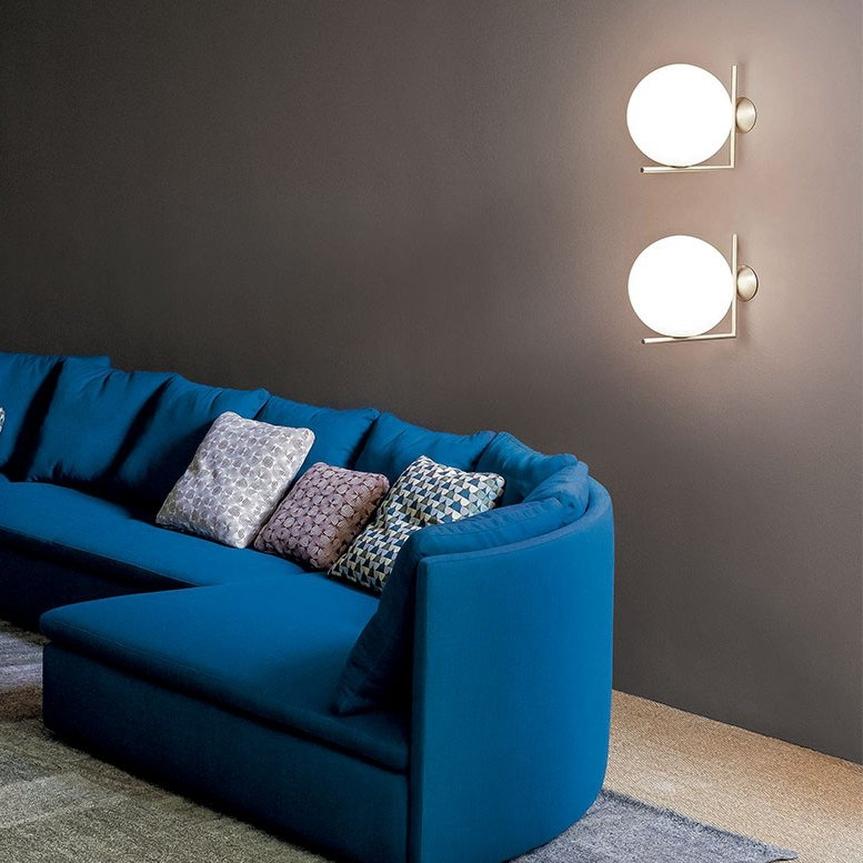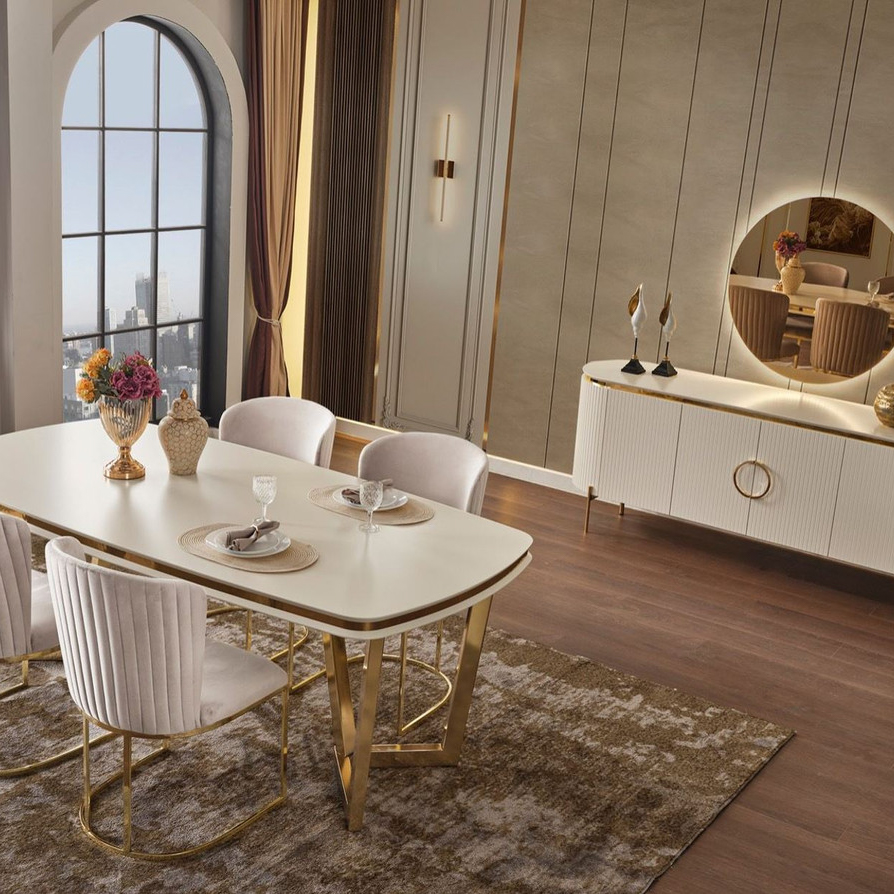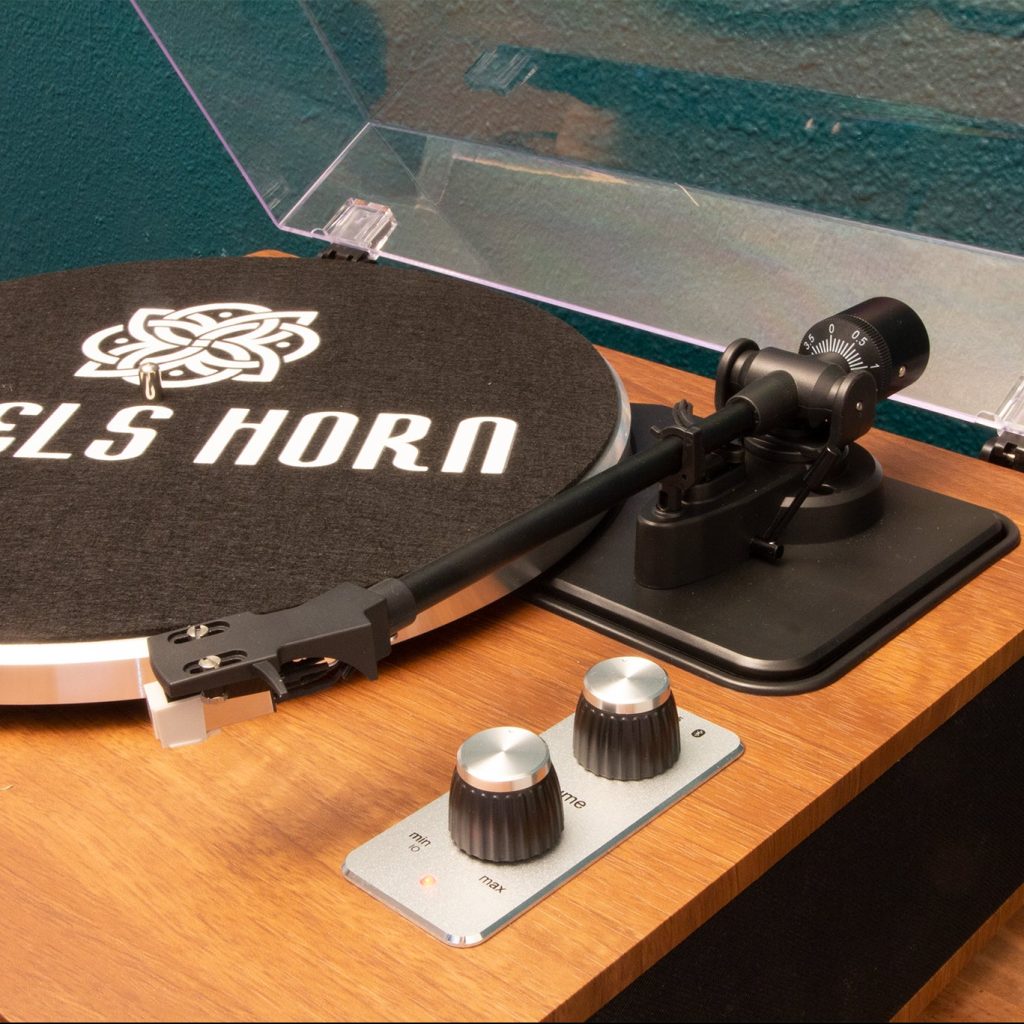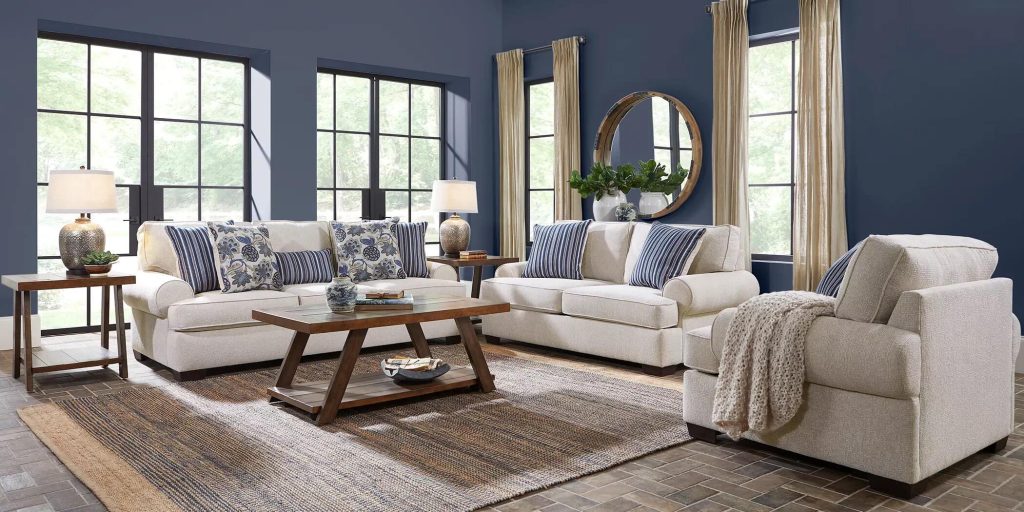Lighting is a crucial element in fashion photography. It has the power to make or break a photo, and understanding how to use lighting techniques and equipment is essential for creating stunning images. In this article, we will explore the importance of lighting in fashion photography, how it can transform a fashion show, its role in creating mood and atmosphere, the different types of lighting used, its impact on skin tone and texture, the use of shadows and highlights, creative lighting techniques, highlighting details and accessories, the evolution of fashion lighting throughout history, and tips for achieving perfect fashion lighting in your photoshoots.
The Importance of Lighting in Fashion Photography
Lighting Mergelighting plays a crucial role in fashion photography as it can make or break a photo. The right lighting can enhance the subject’s features, highlight the details of the clothing, and create a mood or atmosphere that complements the overall concept of the shoot. On the other hand, poor lighting can result in flat images, washed-out colors, and unflattering shadows.
Understanding lighting techniques and equipment is essential for fashion photographers. They need to know how to manipulate light to achieve their desired results. This includes knowing how to position lights, adjust their intensity, and use modifiers such as diffusers or reflectors to control the quality of light. Additionally, photographers must be familiar with different types of lighting setups such as natural light, studio lighting, or on-location lighting.
How Lighting Can Transform a Fashion Show
Lighting can greatly enhance the overall experience of a fashion show. It sets the stage for the models to showcase the clothing and creates an atmosphere that complements the designer’s vision. The right lighting design can create drama, highlight specific elements of the collection, and captivate the audience.
There have been numerous fashion shows with impressive lighting design that have left a lasting impact on attendees. For example, Alexander McQueen’s Spring/Summer 2001 show featured a glass box with models inside, surrounded by bright lights that created a futuristic and otherworldly atmosphere. Another notable example is Chanel’s Fall/Winter 2014 show, where the runway was transformed into a supermarket with fluorescent lights, creating a unique and unexpected setting.
The Role of Lighting in Creating Mood and Atmosphere
Lighting plays a crucial role in setting the tone for a fashion shoot or show. It can create different moods and atmospheres depending on the desired effect. For example, soft and diffused lighting can create a romantic and dreamy atmosphere, while harsh and directional lighting can create a more edgy and dramatic look.
Different moods and atmospheres can be created with lighting by adjusting factors such as the color temperature, intensity, direction, and quality of light. Warm tones can create a cozy and intimate atmosphere, while cool tones can create a more futuristic or ethereal feel. Additionally, the use of shadows and highlights can also contribute to the overall mood of the image.
The Different Types of Lighting Used in Fashion Photography
There are several types of lighting commonly used in fashion photography. Each type has its own characteristics and uses, and understanding their differences is essential for achieving the desired results.
Natural light is often favored for its soft and flattering qualities. It can be used both indoors and outdoors, depending on the desired effect. Studio lighting, on the other hand, provides more control over the lighting conditions as it allows photographers to manipulate the intensity, direction, and quality of light using artificial sources such as strobes or continuous lights.
On-location lighting is another popular choice for fashion photography as it allows photographers to incorporate the natural environment into their images. This can include using available light sources such as streetlights or creating a portable studio setup on location.
The Impact of Lighting on Skin Tone and Texture

Lighting has a significant impact on the appearance of skin in fashion photography. It can affect the skin tone, texture, and overall complexion of the model. Understanding how to achieve flattering skin tones and textures with lighting is essential for creating beautiful and natural-looking images.
The color temperature of light can greatly influence the skin tone. Warm tones can make the skin appear more golden or tan, while cool tones can create a paler or more ethereal look. Additionally, the direction and quality of light can also affect the texture of the skin. Soft and diffused lighting can minimize imperfections and create a smoother appearance, while harsh lighting can emphasize texture and create a more dramatic effect.
The Use of Shadows and Highlights in Fashion Lighting
Shadows and highlights play a crucial role in fashion photography as they can be used creatively to enhance the overall composition of an image. Shadows can add depth and dimension to a photo, while highlights can draw attention to specific areas or details.
Photographers can use shadows and highlights to create interesting patterns, shapes, or textures in their images. This can be achieved by manipulating the position and intensity of the light source, as well as using modifiers such as reflectors or flags to control the direction and spread of light.
Creative Lighting Techniques for Fashion Photography
Fashion photographers often use unique and creative lighting techniques to achieve their desired results. These techniques can add an extra layer of visual interest to their images and help them stand out from the crowd.
One example of a creative lighting technique is using colored gels to add a pop of color to the image. This can be done by placing colored gels over the light source or using colored filters during post-processing. Another technique is using multiple light sources to create interesting patterns or shapes on the model’s face or body.
The Role of Lighting in Highlighting Details and Accessories
Lighting plays a crucial role in highlighting important details and accessories in fashion photography. It can draw attention to specific elements of the clothing or accessories and make them stand out.
Photographers can use lighting techniques such as spotlights or directional lighting to highlight specific areas or details. They can also use diffused lighting to create an overall soft and even illumination that allows the details to shine.
The Evolution of Fashion Lighting Throughout History
Fashion lighting has evolved significantly throughout history, from the early days of studio photography to modern techniques. In the early days, natural light was often used for fashion photography, as artificial lighting was not yet widely available. This resulted in softer and more diffused lighting conditions.
As technology advanced, artificial lighting became more accessible and photographers began experimenting with different lighting setups and techniques. Studio lighting became more popular, allowing photographers to have more control over the lighting conditions. With the advent of digital photography, photographers now have even more flexibility in manipulating and adjusting the lighting in post-processing.
Tips for Achieving Perfect Fashion Lighting in Your Photoshoots
Achieving great lighting in fashion photography requires careful planning and attention to detail. Here are some practical tips for achieving perfect fashion lighting in your photoshoots:
1. Understand the concept: Before starting a shoot, make sure you understand the concept and mood you want to convey. This will help you determine the appropriate lighting setup and techniques to use.
2. Select the right equipment: Choose the appropriate lighting equipment for your shoot, whether it’s natural light, studio lights, or portable on-location lights. Consider factors such as power output, color temperature, and modifiers.
3. Set up your lighting: Position your lights strategically to achieve the desired effect. Experiment with different angles, distances, and heights to find the most flattering and interesting lighting setup.
4. Work with models: Communicate with your models and guide them on how to pose and interact with the light. Experiment with different poses and expressions to find the most flattering angles.
5. Experiment and practice: Don’t be afraid to experiment with different lighting techniques and setups. Practice regularly to improve your skills and develop your own unique style.
In conclusion, lighting is a crucial element in fashion photography. It can make or break a photo, enhance the overall experience of a fashion show, create mood and atmosphere, highlight details and accessories, and transform the appearance of the model’s skin. Understanding different lighting techniques and equipment is essential for achieving great results in fashion photography. So, don’t be afraid to experiment and find your own unique style.



